Drying Wildflowers I have recently started drying both wildflowers and cultivated flowers to sell on my Etsy and eBay sites (update, I no longer sell online). I love gardening but have minimal experience with ornamental gardening and flower gardening. I prefer vegetable and herb gardening (mostly because I like cooking and eating). When we moved into our home last summer we had so many flower beds that were only partially or not at all maintained. We did what we could last year to improve the flower beds and this Spring we bought a load of mulch to help reduce weeds and bring the beds back to life. Some flower beds have received more attention than others but hopefully, over the next few years, we will get them all back to their former glory. I have also slowly begun filling in the beds with multi-purpose herbs. Herbs are beautiful in flower beds and most can also be used in cooking or teas. I have also begun the long task of identifying all the bushes, shrubs, flowers, and ground covers in our beds. In addition, we have tons of wildflowers growing on our property some of which I am familiar with but many others are unknown to me. Pictured below are some of the wildflowers on our property which I have managed to identify. Unfortunately, many of them are invasive or not even native to my area. Wildflowers Oxeye Daisy Yellow Tansy White Yarrow |
| Once our plot was tilled, we needed to put up a fence as quickly as possible. We have a large number of deer on our property and in the surrounding area (as evidenced by the fact that we hit three deer in a six-month period with our vehicles!) so a fence is absolutely necessary. We fenced in roughly a half acre, a 150’ x 150’ square. We used poultry netting for the bottom 3 feet with an extra 1 foot that we turned outward at the base to discourage digging under the fence. The top 3 feet of the fence we strung with 3 electric fencing wires. Because we do not have electricity close enough by for the fence we bought a solar powered electric fencer to power the fence which works very well. Once the fence was done and the grapes and fruit trees planted we focused on our vegetable garden. In addition to our large roto-tilled area where we planted corn, lots of vine crops, beans, tomatoes, and peppers, my husband made two raised beds for me (with hopefully many more in the future!). One we used for asparagus, the other I planted with annual flowers for cutting and drying. Other things we have done this summer include build a wooden play set for our daughter which we promised to do as we had to leave her other one in New York when we moved. We are currently in the process of sanding and re-staining our log home (a much bigger task than anticipated)! We discovered some logs were beginning to rot so this was definitely a necessary task this summer. Lastly, we have spent the entire spring and summer fighting the ticks which will likely be a separate blog post in the future. We mostly have dog or wood ticks but have also found some deer ticks which carry Lyme disease. We had a huge problem with deer ticks in NY (in fact we lived in one of the worst counties for Lyme disease in the US) so we are glad to exchange them for wood ticks. But we have so many wood ticks here that we find them everywhere including our house, clothes, yard, field, play set, fish tank, and more. Daily tick checks are a must! |
Author
In 2016, my family and I moved from the New York City area to small town Wisconsin. Our move, this website and blog (and our previous Etsy store) is the result of our desire over the past several years to simplify our lives, increase our quality of life, reconnect with nature, and enjoy a more self-sufficient life. I grew up as a country kid in central Pennsylvania working on my grandfather's fruit farm and as a corn "de-tassler" at a local seed farm. My background is in biology where my love of nature originated. I am a former research scientist and professor and have now transitioned to a part-time stay-at-home mom, self-employed tutor, and small business owner. Thank you for taking the time to check out my site.
Marisa
Archives
July 2024
June 2024
May 2024
April 2024
March 2024
February 2024
January 2024
December 2023
November 2023
March 2023
January 2023
May 2019
March 2019
November 2018
October 2017
September 2017
August 2017
February 2017
January 2017
Categories
All
3-Pronged Cultivator
Aerogarden
Antique
Apothecary Glasses
Artichokes
Atlas Gloves
ATV
Bacillus Thuringiensis
Bare Root Trees
Beer Glasses
Berries
Black-Eyed Susan
Bleached Pinecones
Bleached Pinecone Wreaths
Bt
Butterflies
Cabbage
Canning
Celery
Chard
Chemistry Glasses
Chickens
Chicken Tractor
Cold Crops
Cold Frame
Collards
Compost
Concord
Coneflowers
Cornish Cross
Daisies
Deer
Deer Fencing
Dehydrating Food
Dried Flowers
Drip Irrigation
Dual Purpose Chickens
Ducks
EBay
Echinacea
Edelweiss
Eggs
Extend The Growing Season
Fall Gardening
Farm Life
Favorite Gardening Tools
Fermentation
Flower Gardening
Food Preservation
Frost Dates
Fruit
Fruit Trees
Fruit Wine
Garden Hod
Garden Huckleberries
Gardening
Garden Pests
Garden Seat
Garlic Scape Recipes
Garlic Scapes
GMO Seeds
Goldenrod
Grapes
Greenhouse
Growing Garlic
Growing Herbs
Health
Heirloom Seeds
Herbs
Hill Crops
Home Decor
Homemade Jam
Hori Hori Soil Knife
Hot Sauce
How To Start Seeds
Hybrid Or F1 Seeds
Hydroponics
Insecticides
Itasca
Japanese Weeding Sickle
Jerusalem Artichokes
Kale
Karner Blue Butterfly
Lactic Acid Fermentation
Leatherman Multi-Tool
Lettuce
Lupine
Maple Syrup
Marquette
Meat Birds
Milkweed
Monarchs
Mulch
Mulching
Native Plants
Nightshades
Onions
Open Pollinated Seeds
Orchard
Organic Gardening
Organic Pest Control
Peas
Peppers
Pest Control
PIckles
Pinecone Wreath
Pinecone Wreaths
Pruners
Purple Coneflower
Raised Beds
Ranger Chickens
Rudbeckia Flowers
Sauerkraut
Save Money
Seed Companies
Seed Saving
Seed Tapes
Self-Sufficiency
Soaker Hoses
Square-Foot Gardening
Sun Hat
Sustainability
Tansy
Ticks
Tomatoes
Trailer
Turnips
Two Ponds Farm
Vegetable Gardening
Vintage
Wine
Wine Grapes
Wine Grapes For Northern Climates
Wood-Fired Evaporators
Wreaths
Yarrow
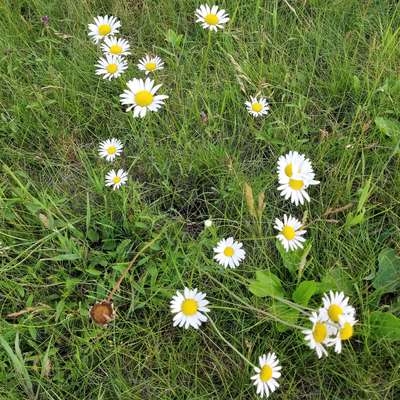
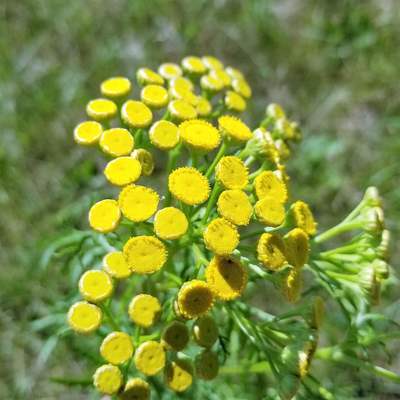
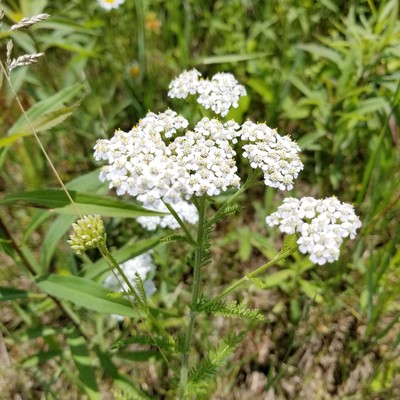
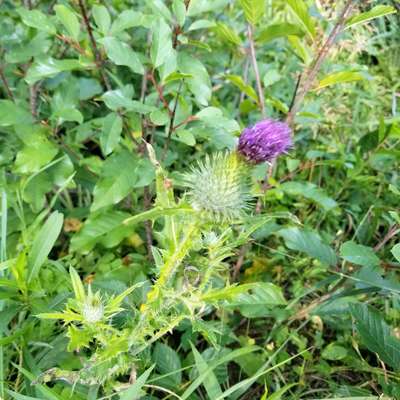
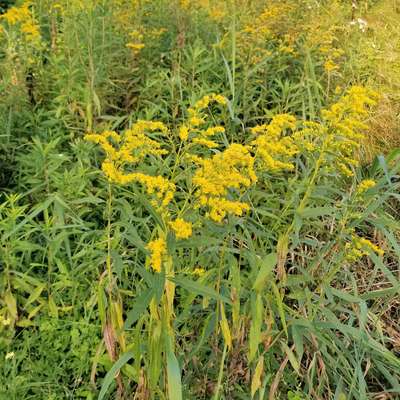
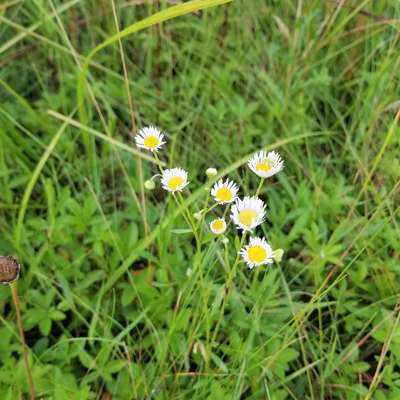
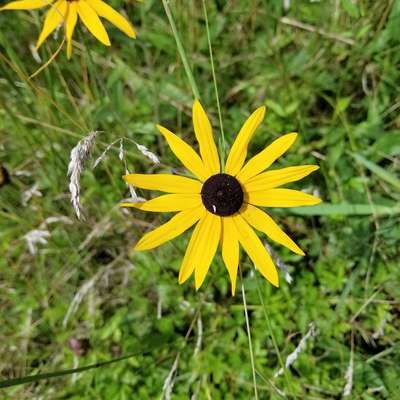
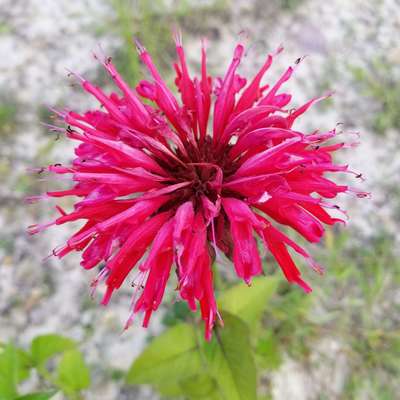
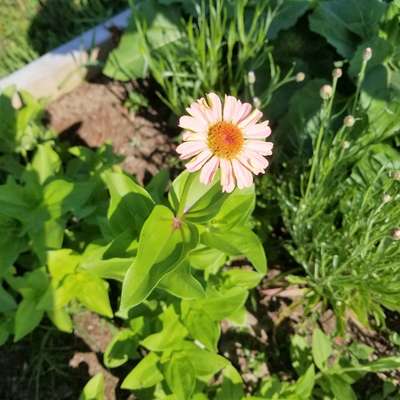
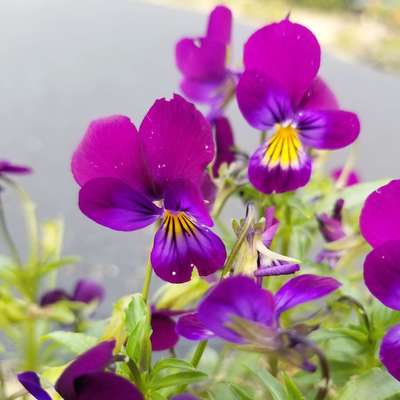
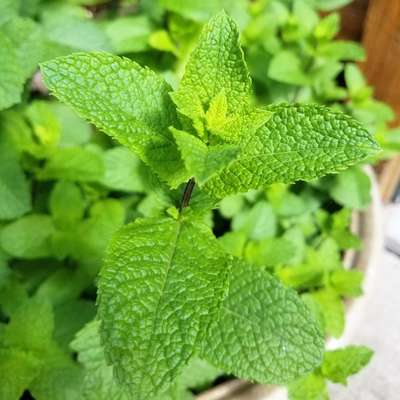
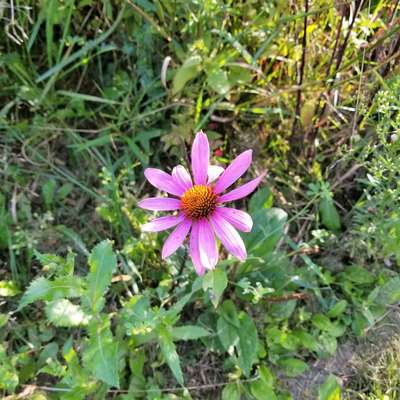
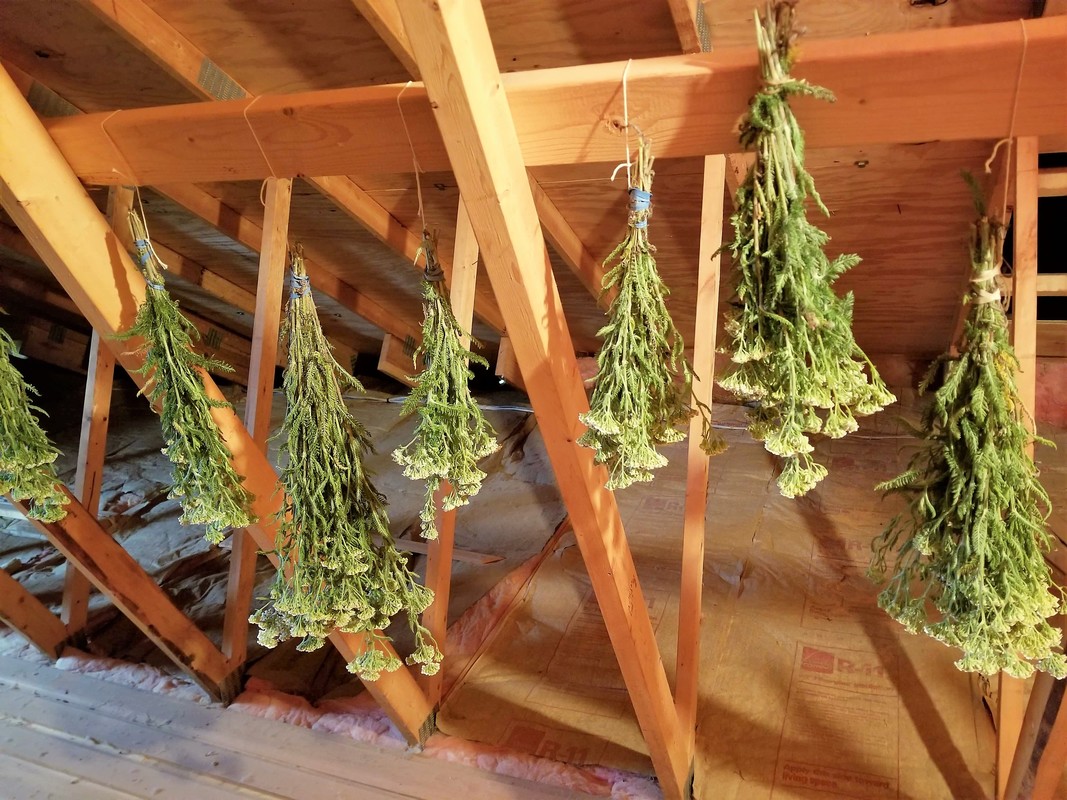
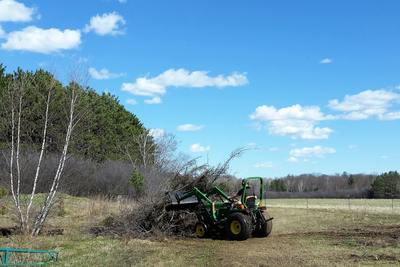
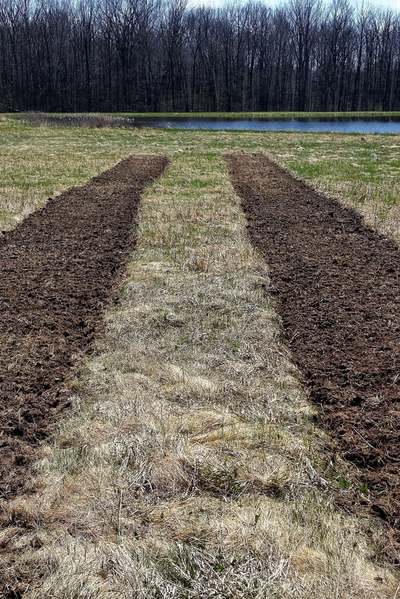
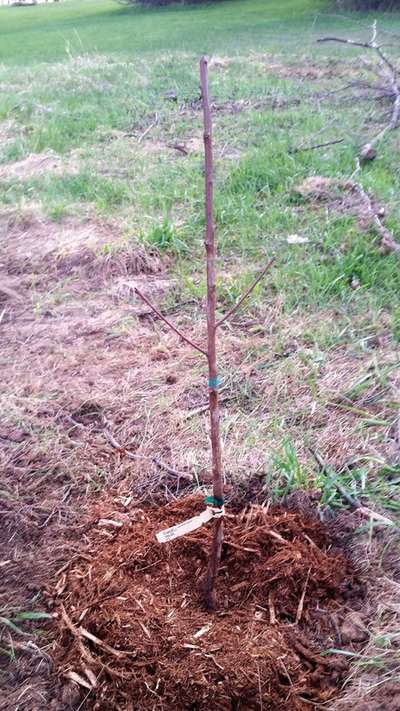
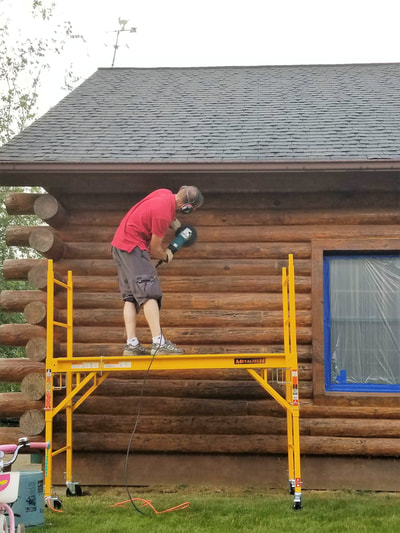
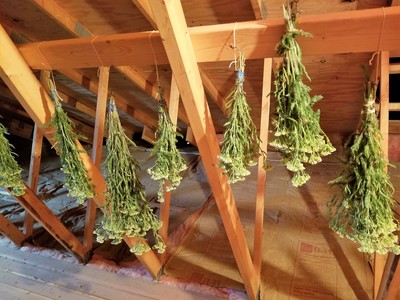
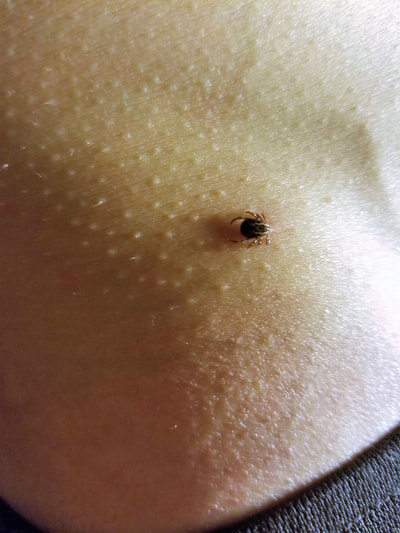
 RSS Feed
RSS Feed